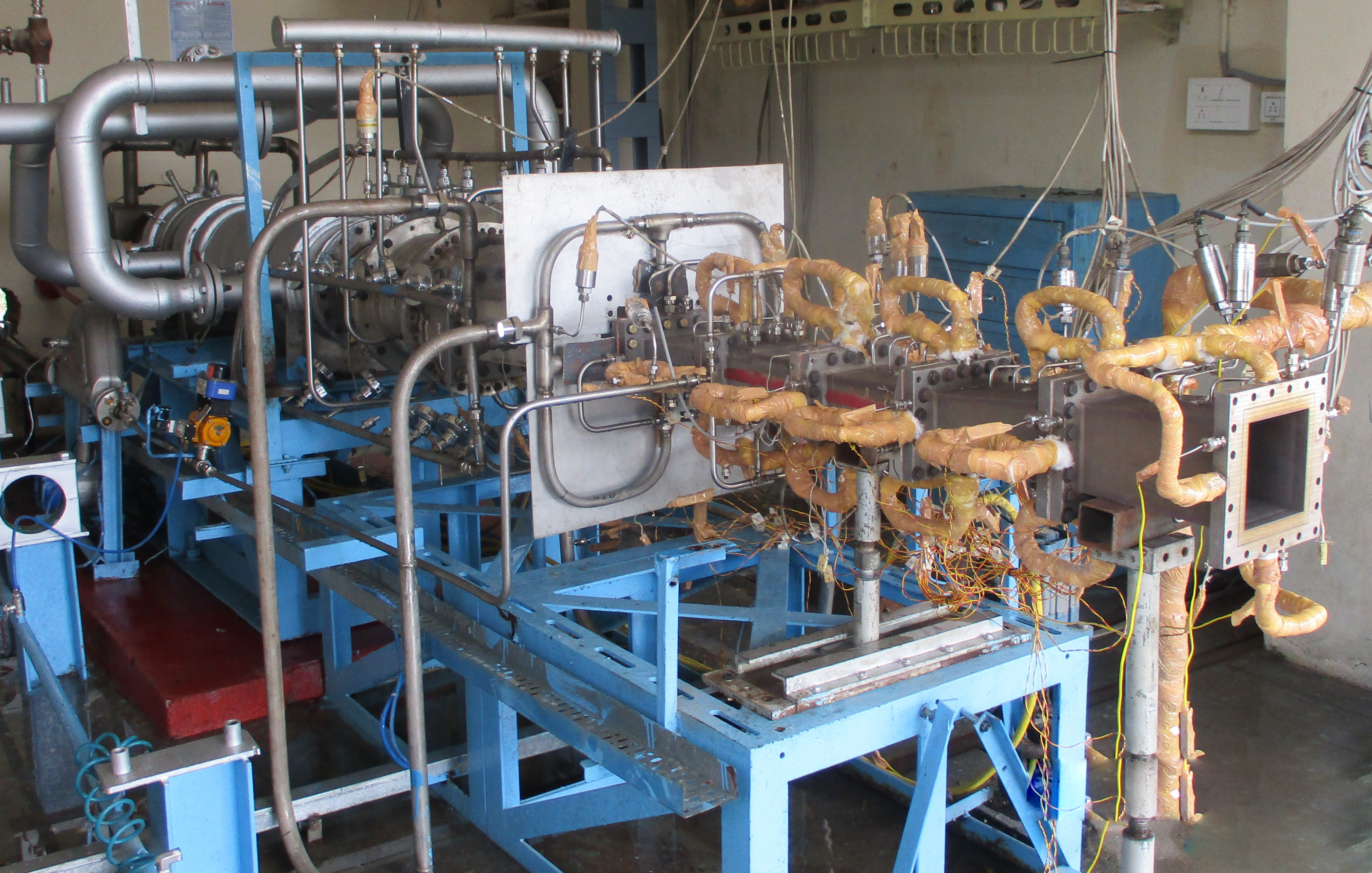Scramjet & Hypersonic Technology

- 23 Jan 2025
In News:
On 21 January 2025, DRDO’s Defence Research & Development Laboratory (DRDL) successfully conducted a 120-second ground test of an indigenously developed Scramjet (Supersonic Combustion Ramjet) engine, marking a major milestone in India’s journey towards hypersonic missile technology.
What is Scramjet Technology?
Definition
A Scramjet is an air-breathing engine that sustains combustion at supersonic speeds—optimized for speeds above Mach 5 (hypersonic range).
Working Principle
- Utilizes vehicle’s forward motion to compress incoming air—no onboard oxidizer needed.
- Injects fuel into the compressed supersonic airflow → ignition → high-speed thrust.
- Operates without moving parts, making it lightweight, efficient, and reliable.
Key Indigenous Innovations
Feature Description
Active-Cooled Combustor Stable combustion achieved at 1.5 km/s airflow, comparable to "keeping a candle lit in a hurricane."
Endothermic Scramjet Fuel First-time development in India; offers cooling + ignition efficiency.
Thermal Barrier Coating (TBC) Jointly developed with DST; withstands temperatures beyond melting point of steel using advanced ceramic coating.
CFD Simulations Used for design optimization and performance validation of flame-holding techniques.
Significance of Scramjet Test
- Stable Combustion: A major challenge in hypersonic propulsion, now successfully demonstrated.
- Hypersonic Missiles:
- Speeds >Mach 5 (~5400 km/h).
- Bypass air defence systems due to speed and maneuverability.
- Enable rapid, high-impact delivery.
- Reusable Launch Vehicles:
- Cuts satellite launch costs via air-breathing propulsion.
- Strategic Edge:
- India joins elite group: USA, Russia, China.
- Strengthens defence deterrence & technological sovereignty.
- Technology Spillover: Advancements in CFD, materials science, flame stabilization, and fuel chemistry.
Global Hypersonic Race
- China (2021): Tested nuclear-capable hypersonic glide vehicle (HGV) that orbited Earth before hitting target.
- USA & Russia: Advanced programs with operational hypersonic systems (e.g., Avangard, Zircon, ARRW).
- India: Now developing indigenous hypersonic missile platform.
Scramjet & Hypersonic Technology

- 23 Jan 2025
In News:
On 21 January 2025, DRDO’s Defence Research & Development Laboratory (DRDL) successfully conducted a 120-second ground test of an indigenously developed Scramjet (Supersonic Combustion Ramjet) engine, marking a major milestone in India’s journey towards hypersonic missile technology.
What is Scramjet Technology?
Definition
A Scramjet is an air-breathing engine that sustains combustion at supersonic speeds—optimized for speeds above Mach 5 (hypersonic range).
Working Principle
- Utilizes vehicle’s forward motion to compress incoming air—no onboard oxidizer needed.
- Injects fuel into the compressed supersonic airflow → ignition → high-speed thrust.
- Operates without moving parts, making it lightweight, efficient, and reliable.
Key Indigenous Innovations
Feature Description
Active-Cooled Combustor Stable combustion achieved at 1.5 km/s airflow, comparable to "keeping a candle lit in a hurricane."
Endothermic Scramjet Fuel First-time development in India; offers cooling + ignition efficiency.
Thermal Barrier Coating (TBC) Jointly developed with DST; withstands temperatures beyond melting point of steel using advanced ceramic coating.
CFD Simulations Used for design optimization and performance validation of flame-holding techniques.
Significance of Scramjet Test
- Stable Combustion: A major challenge in hypersonic propulsion, now successfully demonstrated.
- Hypersonic Missiles:
- Speeds >Mach 5 (~5400 km/h).
- Bypass air defence systems due to speed and maneuverability.
- Enable rapid, high-impact delivery.
- Reusable Launch Vehicles:
- Cuts satellite launch costs via air-breathing propulsion.
- Strategic Edge:
- India joins elite group: USA, Russia, China.
- Strengthens defence deterrence & technological sovereignty.
- Technology Spillover: Advancements in CFD, materials science, flame stabilization, and fuel chemistry.
Global Hypersonic Race
- China (2021): Tested nuclear-capable hypersonic glide vehicle (HGV) that orbited Earth before hitting target.
- USA & Russia: Advanced programs with operational hypersonic systems (e.g., Avangard, Zircon, ARRW).
- India: Now developing indigenous hypersonic missile platform.
